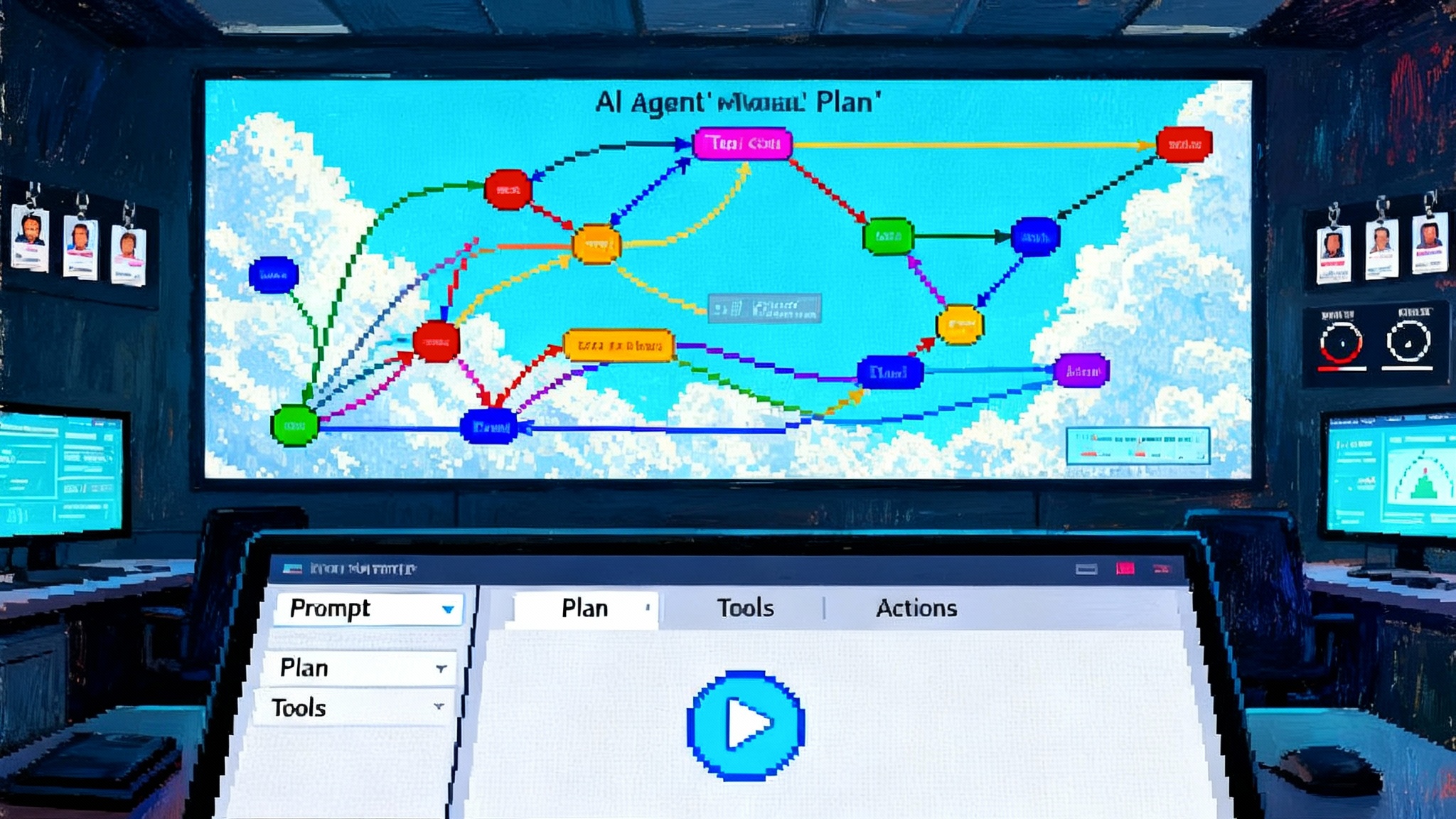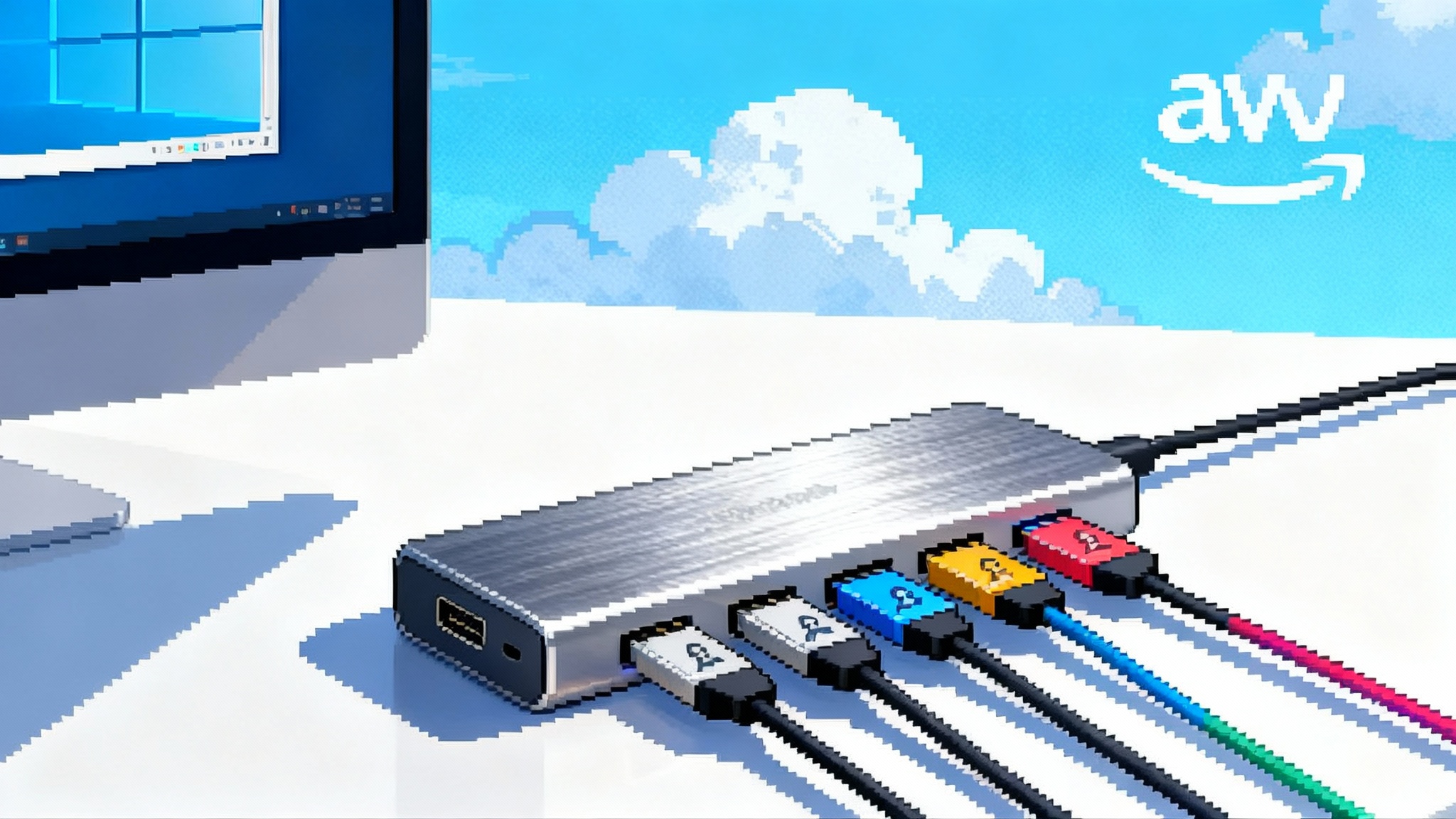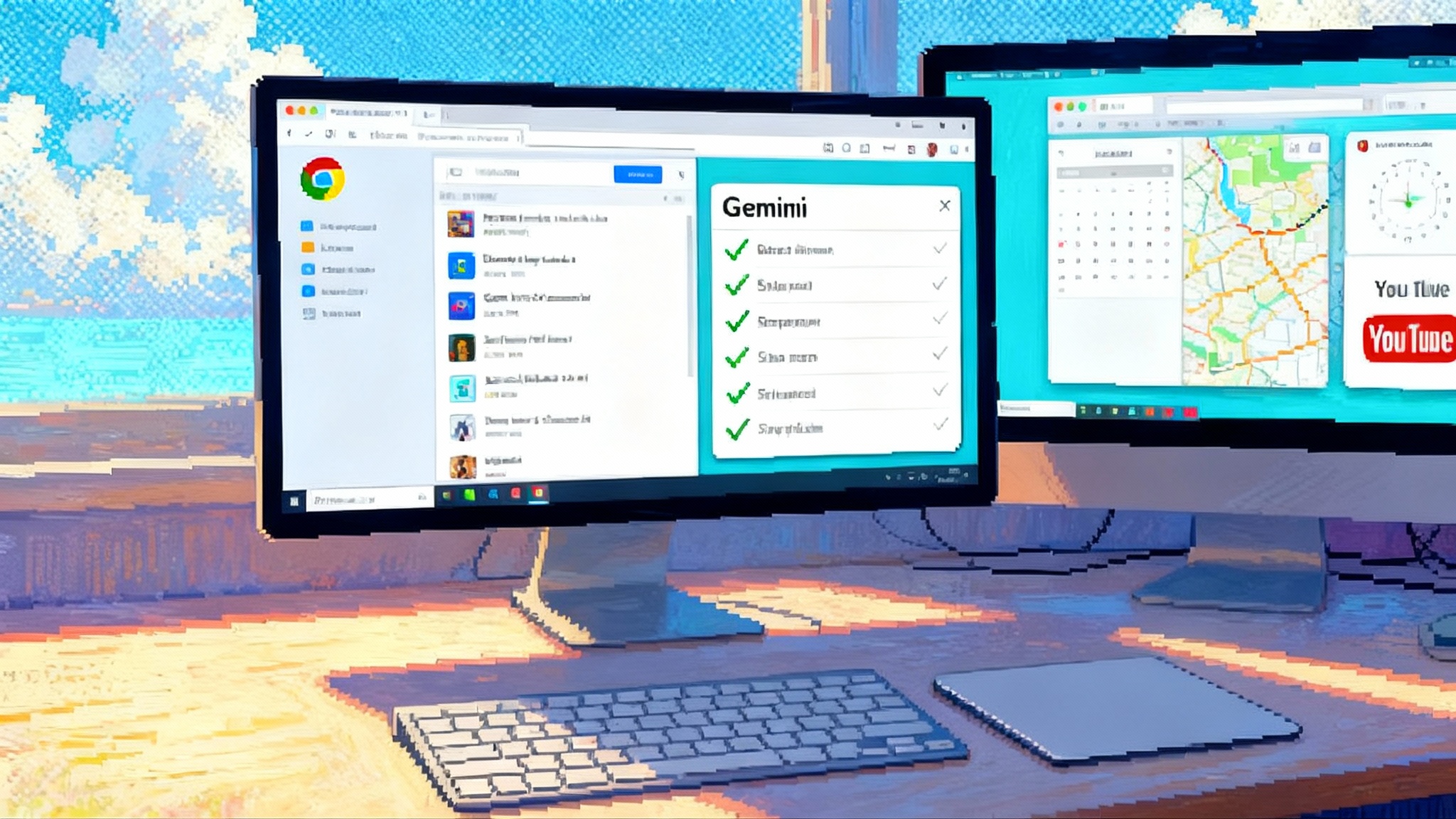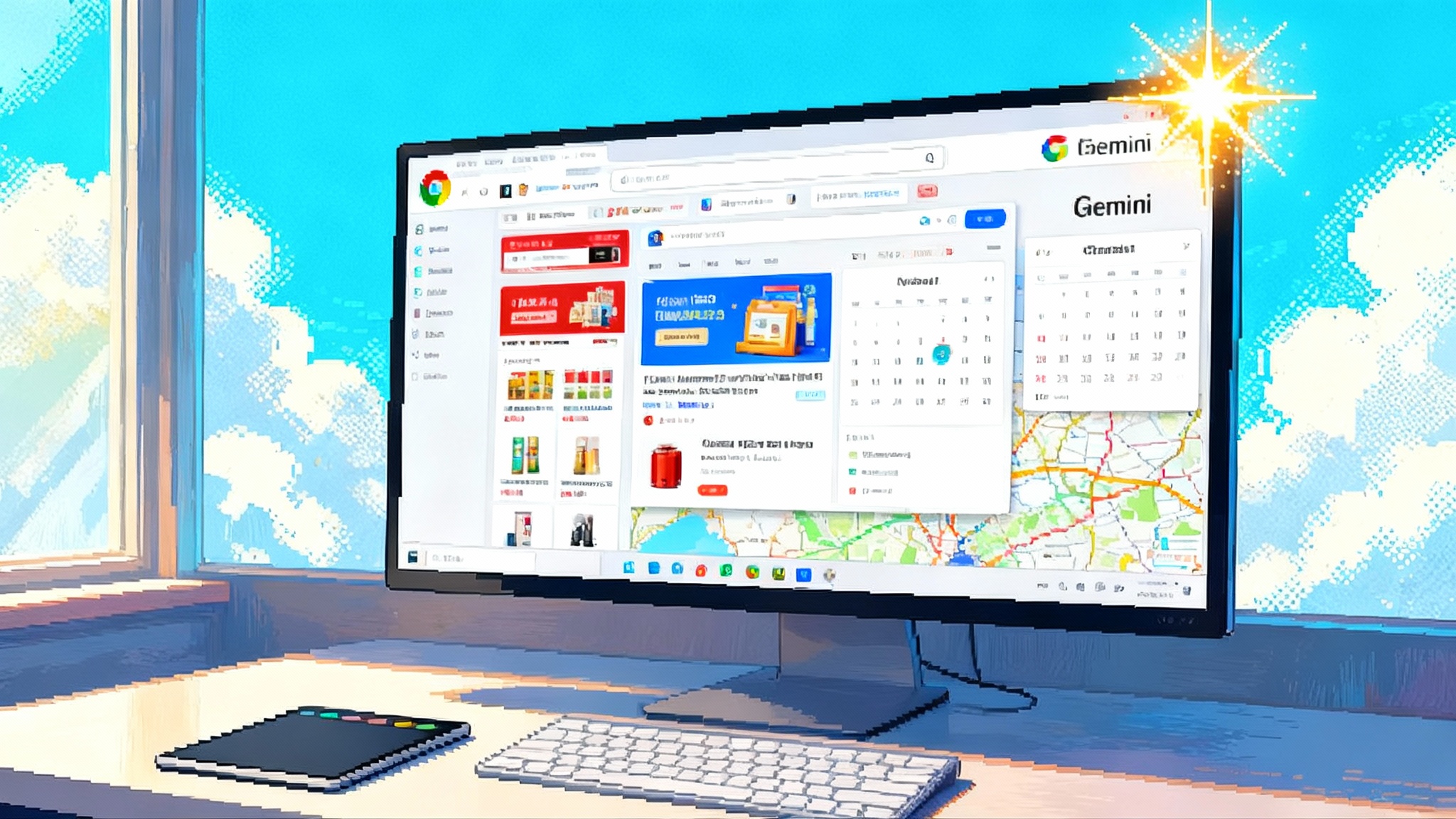Workday’s $1.1B Sana deal makes HR suites the Agent OS
Workday is buying Sana for $1.1 billion and turning HR and finance into the default home for enterprise AI agents. Here is why a front door inside Workday could reshape governance, buying centers, and the next wave of startup opportunities.
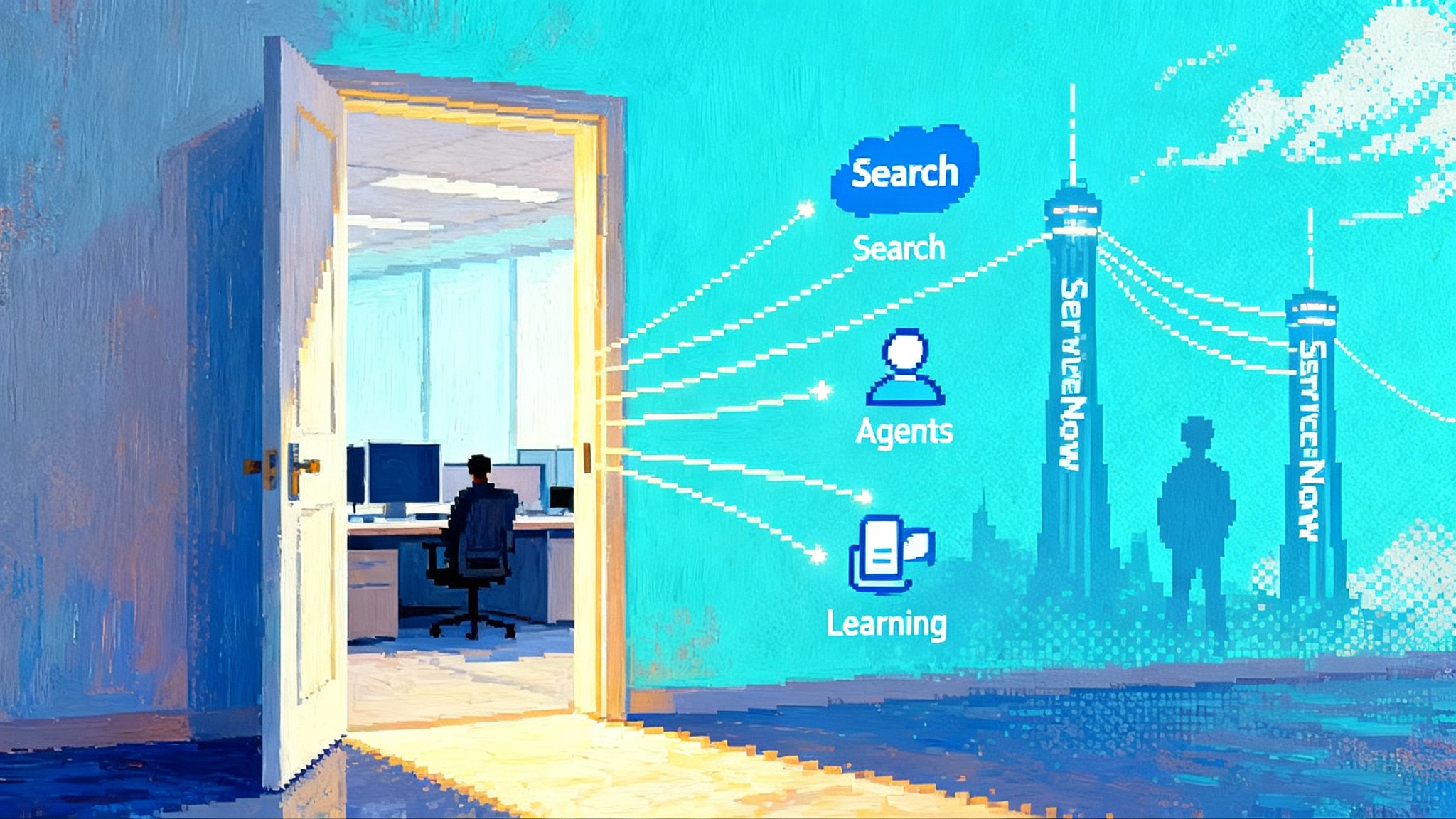
The move that turns HR suites into an Agent OS
On September 16, 2025 at Workday Rising, Workday signed a definitive agreement to acquire Sana for about $1.1 billion, positioning HR and finance software as the place where agentic AI actually lives day to day. Workday framed the deal as creating a new front door for work, powered by Sana’s agents, search, and learning, and backed by Workday’s people and money context. That is not a side feature. It is an operating system for how employees get things done, with HR and finance data as the core substrate. Workday’s release calls out Sana Learn and Sana Agents, and even names an Agent System of Record as part of the plan, which is the detail that matters most for enterprise buyers because it speaks to control and audit. Read the company’s language in the definitive agreement to acquire Sana.
If the deal closes as expected in the fourth quarter of Workday’s fiscal 2026, that front door could open for more than 70 million users. In practical terms, it means the place you approve headcount, plan budgets, or onboard talent becomes the place you ask agents to search, summarize, draft, and act.
What Workday actually bought: an agent native front door
Sana built three things that enterprises want in the same pane of glass:
- Search that reaches across sanctioned knowledge sources and your HR and finance graph, then returns answers contextual to role and permission.
- Agents that take initiative, not just chat on demand. They watch for triggers like new hires, comp changes, policy updates, or compliance deadlines, then execute workflows, draft content, or nudge humans.
- Learning that is AI native, which means content is generated, personalized, and verified inside the same system where skills, roles, and outcomes already live.
Drop those into Workday and the experience shifts from a set of transactions to a proactive assistant that understands who someone is, what they are allowed to do, and where money and people flow. HR and finance are natural homes for agents because the system already knows payroll calendars, cost centers, managers, job architectures, approval chains, and risk policies. Agents inherit guardrails from the platform.
The Agent System of Record, explained simply
Workday described an Agent System of Record. Think of it as a ledger and control tower for digital labor. Traditional systems of record track employees or invoices. An Agent System of Record tracks agents themselves and how they act. At a minimum it should hold:
- Identity and purpose: the agent’s name, owner, goal, and scope.
- Capabilities and tools: which APIs, workflows, and datasets it can touch.
- Policies and constraints: role based access, data residency, retention, and redaction rules.
- Provenance: which models were used, with which prompts, retrieval sources, and versions.
- Event logs: every decision, action, error, and human handoff, with timestamps.
- Outcomes: success metrics, exceptions, and cost footprints by task and time.
Put that next to core HR and finance data and you get enterprise grade accountability. If a comp letter draft goes out wrong, you can trace the chain of prompts, retrieval chunks, and approvals. If an onboarding agent misses a step, you can see exactly where and why. That is what auditors, risk leaders, and HR operations teams need before they let agents run.
Why the front door matters for employees and managers
Most AI rollouts stall because they ask people to jump into another tab or a new chat app. Workday is betting that embedding agents inside the flow of headcount planning, requisitions, approvals, and learning will change adoption curves. Imagine these flows:
- A hiring manager opens Workday on Monday and sees a proactive briefing generated from real time data. It includes open roles, candidates in process, time to fill, and suggested onboarding checklists tied to the job architecture. The agent also flags a budget overrun and drafts a reallocation request aligned to cost center policy.
- A new employee gets a role aware, project aware learning path that updates as their team’s goals change. The agent knows the skills taxonomy, the LMS content, and the manager’s priorities because it sits on the same data.
- A payroll specialist gets an agent that watches for atypical changes, runs pre checks, drafts employee communications, and opens cases in IT or Facilities if access cards or laptops are missing.
Each example hides a simple pattern. The agent is not a general Q&A bot. It is a supervised workflow runner with deep context and permissions, attached to a system that already owns your org chart, job levels, comp bands, and approval policies.
The new buyer map: Workday vs Salesforce vs ServiceNow
Three platforms are converging on the Agent OS from different directions, and buyers will feel the seams:
- Workday comes from HR, finance, and planning. Its pitch is a secure, role aware employee experience where agents act on people and money data with auditability.
- Salesforce comes from CRM, sales, and service. Its Agentforce platform positions agents as digital labor embedded across revenue and service workflows. The June 2025 Agentforce 3 announcement emphasized an observability Command Center and support for open standards to improve visibility and control.
- ServiceNow comes from ITSM and enterprise workflows. Its Now Platform has been rolling out AI Agents tied to IT, customer service, and operations, anchored in a single data model and strong governance primitives. Expect tighter interop patterns over time, including approaches like the MCP standard for AI agents.
What changes now is the buyer center of gravity. In many companies, CHROs and CFOs already co own Workday. With Sana inside, they gain a credible agent platform for employee experience and internal productivity. CIOs still hold the platform standards, but the checkbook for agents that touch talent, onboarding, and internal knowledge will often sit in People and Finance. On the other side, CROs and CX leaders will keep driving Agentforce decisions because the value cases are tied to revenue and service metrics. ServiceNow will remain the natural choice for IT, security operations, and cross functional workflow automation.
The winner in each account will be the platform that can prove safe autonomy with clear controls and clean handoffs. Interop will matter more than slogans.
Consolidating search, learning, and agents inside HR and finance stacks
Enterprises have tried to glue together enterprise search, knowledge bases, chat assistants, and LMS systems for years. It was fragile. You saw identity mismatches, stale permissions, and duplicated content. By putting those pieces inside a core system with strong identity and policy, Workday is promising:
- Better governance: one access model, one policy engine, one set of retention rules.
- Cleaner observability: shared logs and telemetry instead of four partial histories.
- Faster time to value: less integration tax and fewer brittle connectors.
There are tradeoffs to name up front:
- Lock in risk: when search, agents, and learning live inside your HR and finance suite, swapping vendors becomes a multi year program. Content authored inside the LMS, agent runtimes, and telemetry dashboards can create exit friction.
- Model choice constraints: platform controlled model racks can limit your ability to run the exact vendor or open model you want, at the cadence you prefer. See how NIM blueprints make enterprise agents real for a view on portable patterns.
- Cross cloud sprawl: teams will still run agents inside Salesforce and ServiceNow. Without a cross platform registry and observability layer, you will have three agent silos.
None of these are showstoppers. They are reminders that consolidation and control come with real design choices.
Governance and auditability, translated to operational checks
If you run enterprise agents on HR and finance data, you will be asked to show controls. Use this checklist to separate marketing from maturity:
- Agent registry: can you inventory every agent, its owner, purpose, and last change? Can you freeze or retire an agent with one action?
- Policy enforcement: are access rules inherited automatically from role and group membership? Can you enforce data residency and redact sensitive fields at retrieval time?
- Prompt provenance: can you see the prompts, templates, and retrieval chunks that produced a draft or action? Are they versioned and attributable?
- Human in the loop: where is approval mandatory, where is it configurable, and where can autonomy be safely granted? Can you simulate the risks before you flip autonomy on?
- Evaluation and drift: do you have test sets, regression checks, and outcome metrics tied to business KPIs like time to fill or case resolution?
- Cost and carbon: can finance see cost per task and per agent, with model and infrastructure choices visible? Read our take on securing agentic AI after CrowdStrike for why this matters in operations.
- Incident response: if an agent makes a bad change, can you roll it back quickly and trace which permissions allowed it?
Workday’s talk track around an Agent System of Record hints at many of these controls. Salesforce is pushing observability to the front with an explicit Command Center concept. ServiceNow already treats workflows and policies as first class citizens. Expect fast convergence on baseline guardrails across all three.
What startups should build next
The platform shift creates clear whitespace for focused products. This is the new picks and shovels list:
-
Agent observability that spans suites: a neutral console that ingests logs from Workday, Salesforce, and ServiceNow to provide end to end traces, anomaly detection, replay, and policy violations. Think of it as SIEM for agents.
-
Agent identity and policy orchestration: federated roles and least privilege policies that travel with agents across platforms. Offer policy as code and instant kill switches.
-
Retrieval trust layers for sensitive graphs: middleware that joins HR, finance, and CRM facts with field level redaction and contract aware caching. It should give auditors one place to verify what was seen and why.
-
Vertical outcome agents with certified packs: agents for onboarding nurses, spinning up field service crews, or closing quarter end consolidations. Package them as templates that pass security reviews on each marketplace.
-
Cross platform autonomy control: a plane that can raise or lower autonomy levels per agent and per task, with staged rollouts, simulation, and blast radius limits.
-
Learning content operations: generators plus validators that create courseware from policy and SOP changes, then test comprehension and push microlearning through Workday or ServiceNow while logging evidence for compliance.
-
Migration and exit tooling: capture agent definitions, prompts, test suites, and action graphs, then port them between suites. Offer a diff viewer so teams see what changed.
-
Safety and reputation services for internal agents: background checks for tools and connectors, known bad prompt detectors, and internal transparency reports.
How to buy in 2025 and 2026 without regrets
Executives do not need a new religion. They need a plan that keeps options open while capturing value fast. Use these moves:
- Pick your anchor suite by use case. If the near term value sits in employee experience and internal productivity, Workday will get you there faster because the context and policy are native. If the impact sits in revenue and service, Salesforce is already wired into those flows. If it lives in IT operations and cross functional workflows, ServiceNow is the system of action.
- Demand an agent bill of materials. Require a full list of agent definitions, tools, prompts, evals, and logs before you flip autonomy on.
- Keep a second engine. Even if you anchor in one suite, pilot a second agent stack where it makes sense. This keeps vendors honest and gives you leverage on price and roadmap.
- Force interop early. Ask vendors to demonstrate agents that call each other across platforms using open interfaces and event triggers. Standards like the MCP standard for AI agents help reduce risk.
- Tie value to business metrics, not activity. Measure time to proficiency for new hires, time to fill, case resolution, headcount to revenue ratios, and NPS for internal services. Make the platform prove itself in numbers you already track.
The bottom line
Workday buying Sana is not a point feature. It is a declaration that HR and finance suites will host the core agentic experience for employees. Salesforce is making the same bet for customer facing teams, and ServiceNow is doing it for IT and cross functional operations. The Agent OS is arriving through the platforms you already own. That is good for governance, since identity, policy, and audit are stronger there. It increases lock in risk, since the front door for work will now include your search, your learning, and your digital labor.
If you are an enterprise buyer, treat agents like you treated cloud ten years ago. Standardize where it helps, keep a credible exit, and invest in cross platform control planes. If you are a startup, build the safety rails, the observability, and the outcome specific agents that the big suites will not deliver quickly enough. The next two years will decide who operates the front door for work and who supplies the keys.
